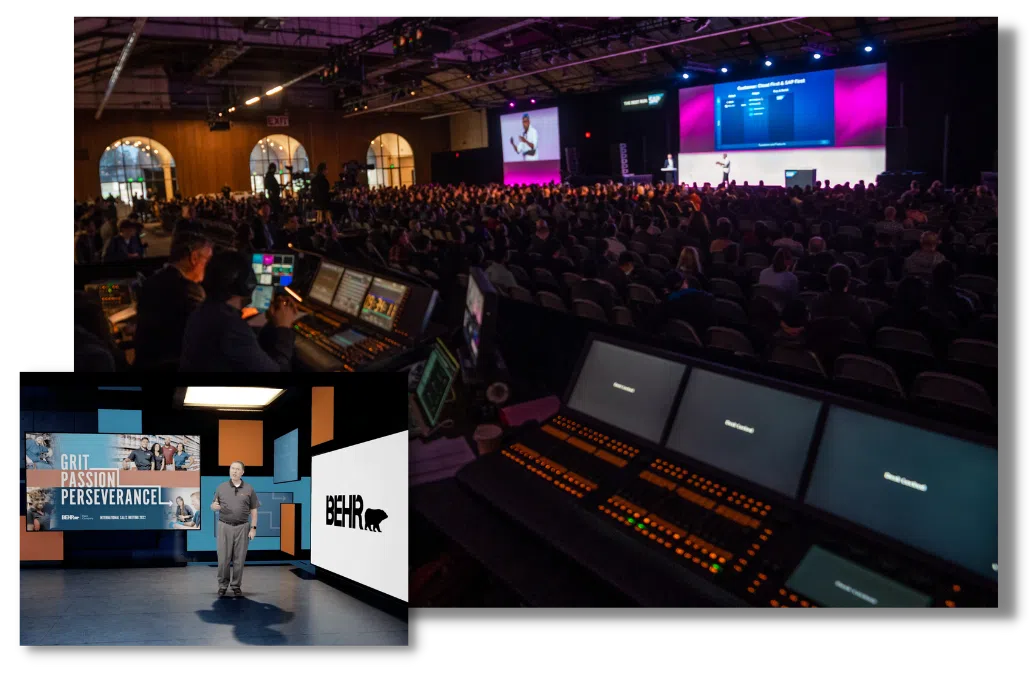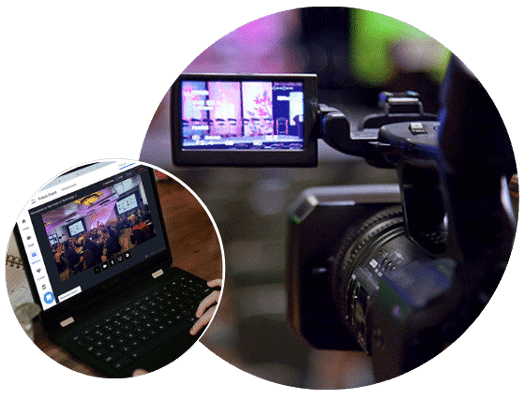Customized Packages by Your Event Source Charlotte for Any Event.
Customized Packages by Your Event Source Charlotte for Any Event.
Blog Article
Why Event Resource Solutions Are Necessary for Smooth Event-Driven Styles
In the world of modern software development, event-driven architectures are significantly widespread, yet their performance hinges on the application of durable occasion source services. As markets shift towards real-time information processing, recognizing the implications of occasion sourcing becomes essential.
Comprehending Event-Driven Designs
Event-driven architectures (EDAs) represent a standard shift in designing software systems, where the circulation of info is determined by the occurrence of events. This building style advertises a decoupled strategy, allowing different parts to connect asynchronously. In EDAs, occasions function as the primary means of communication, causing processes or operations in response to certain incidents, such as customer activities or system changes.
The trick parts of an EDA include event producers, which create events; event customers, which react to occasions; and event networks, which promote the transmission of occasions between producers and customers. This framework boosts system responsiveness and scalability, as parts can individually process events without the demand for simultaneous interaction.
Moreover, EDAs enable real-time data handling, making them suitable for applications calling for prompt insights-- such as fraud detection in economic systems or monitoring IoT devices. They additionally sustain an even more agile growth environment, enabling teams to iterate promptly and release brand-new functions with marginal interruption to existing services.
The Duty of Event Source Solutions
While numerous parts in an event-driven architecture depend on effective communication, event resource services play a vital function in producing and handling the flow of occasions. These remedies work as the first point of event development, recording changes in state or user activities and translating them right into occasions that can be circulated through the system.

In addition, they help with the decoupling of producers and customers within a style, permitting systems to range independently. This decoupling is important for boosting system resilience, as it lessens reliances that can or else lead to traffic jams or single factors of failure.
Benefits of Real-Time Information Processing
Real-time data processing significantly enhances the capacities of event-driven designs by enabling instant insights and activities based upon the most recent info (your event source charlotte). This immediacy not only speeds up decision-making but likewise enhances the significance and precision of those decisions. Organizations can reply to occasions as they occur, lowering latency and improving functional agility
Among the main benefits of real-time data handling is the capability to capture and analyze information constantly. This helps with proactive measures instead than responsive responses, allowing organizations to expect fads and potential issues before they intensify. In markets such as finance or shopping, real-time analytics can identify deceptive deals or consumer behavior adjustments, permitting quick treatments that reduce danger and maximize consumer complete satisfaction.

Eventually, the combination of real-time information processing right this article into event-driven styles empowers companies to harness the complete potential of their data, driving innovation and affordable advantage in a progressively dynamic industry.
Enhancing System Communication
Efficient interaction between systems is essential for the success of any event-driven design. Event resource solutions find more info facilitate this interaction by giving a durable framework for recording and sending occasions in genuine time. By systematizing just how systems generate and consume events, these solutions remove obscurity and foster interoperability, allowing disparate systems to interact seamlessly.
Using event streams makes it possible for systems to react promptly to adjustments, ensuring that all elements are aligned and notified. This responsiveness is necessary in environments where timely information exchange straight impacts decision-making and overall system efficiency. Occasion resource solutions offer devices for event filtering, improvement, and routing, improving the efficiency of information flow between systems.
Additionally, by carrying out a publish-subscribe version, occasion source options decouple system parts, enabling higher adaptability and scalability. This decoupling indicates that systems can advance independently, making it much easier to integrate new capabilities or replace existing elements without disrupting overall communication.
Future Patterns in Event Sourcing


One more significant fad is the rise of cloud-native event sourcing services. These platforms utilize the scalability and versatility of cloud framework, enabling companies to effectively take care of and keep vast quantities of event data without the expenses of typical systems. This change promotes higher accessibility and cooperation across teams.
Furthermore, the adoption of microservices design is affecting event sourcing methods. As organizations significantly section their applications right into smaller, independent services, occasion sourcing provides a robust mechanism to preserve information consistency and stability throughout these dispersed systems.
Final Thought
Finally, event source options offer as an important foundation for smooth event-driven architectures, allowing reliable occasion generation and administration. By facilitating asynchronous communication between elements, these remedies boost system strength and promote the independent development of services. The advantages of real-time information handling and boosted system communication emphasize the importance of adopting event sourcing approaches. As the demand for robust dispersed systems increases, the relevance of event source options will remain to expand, forming the future of event-driven layout.
Report this page